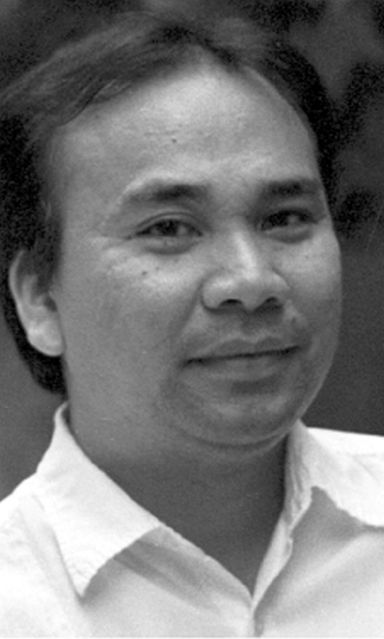
BERSALES
Like the early phase of the Cory Aquino presidency, the Left is facing the crossroads once again.
Will it go the path of working with President Rodrigo Duterte on the quasi-socialist-populist aspects of his unique brand of governance, or will they quickly cut the umbilical cord and attack him on all fronts?
On the one hand, you find four of the Left’s more well-known members inside the Duterte Cabinet; on the other, the heated exchanges between Duterte and Joma Sison, the revered founder of the Communist Party of the Philippines and its armed force, the New Peoples Army.
One is reminded of the first two years of Cory Aquino’s presidency, sometime in 1986–87, marked by the uneasy “marriage” between the red-hot Left and the “yellowish” moderates who suddenly found themselves on the same bed.
Then it began to unravel, following much saber rattling by the military and police and the famous Mendiola massacre of peasants demanding genuine agrarian reform.
This time around, it appears that the warm atmosphere that started Joma and Digong on the path to peace right after the elections is showing tremendous stress, following assaults by the NPA, first in Mindanao and then in Guijulngan, Negros Oriental, which killed policemen and soldiers.
Now comes Joma’s revelation of an alleged plot to assassinate him and to oust Duterte after a nationwide imposition of martial law. Whether this is to be believed or not, the mere insinuation of a plot once again recalls the years of the Cory Aquino presidency, wracked by coup after coup brought about by a divided but very ambitious and highly politicized military.
Is this a deja vu?
No. There ends the similarity between the two presidencies.
Cory was thrust into power because of a massive protest against an aging dictatorship that had bankrupted the economy. In the case of President Duterte, however, a hitherto untapped wellspring of popular support, despite massive funds from his main opponent, thrust him to the presidency.
The economy is also faring relatively well so far and his well-oiled national government machinery has moved fast unlike his predecessor, Noynoy Aquino, who took so painfully long to roll out infrastructure projects, if at all, for example.
Besides, as the experience of martial law in Mindanao has proven so far, the military is pretty conscious of the judgment of history and of the rule of law. If this were the martial law of the Marcos era, for example, the raid on the Parojinogs would not have seen the light of day in the mass media.
And those posting all kinds of statements against the raid would have been monitored if not detained and promptly asked to explain their rants. Or, better still, the government could have shut down all social media sites.
One may aver that social media is a behemoth that even the most tyrannical leader cannot stop and that a comparison with the Marcos-era martial law is a non-sequitor or that if Marcos’ martial law happened in this day and age of fast-paced information exchange, he would not have had any chance to make all kinds of justification for martial law.
I simply do not subscribe to that view.
Marcos was able to impose martial law because the political institutions in the country then were weak and the 1935 Constitution was not able to foresee that such an extreme solution could be abused.
Besides, we learned from that experience so much so that the martial law of the present, based on the 1987 “Freedom” Constitution, ensures stiff measures in place to prevent its abuse.
If the members of the Left will leave the Duterte presidency as a result of the tension between the President and Joma, it will only result in the weakening the political apparatus of the state.
We have reached a level of political development in the world where participation in the legal arena is the best option for all kinds of persuasions to be heard, their aspirations forwarded.
To depart now is to cancel out the social agenda of the Duterte presidency which helps balance the neoliberal framework pursued by his economic team in the Cabinet. It will only result in the polarization that hounded the Cory Aquino presidency.
It will cancel out all the gains of the legal Left in getting their voice heard in the mainstream.
In this era of extremist Islamic terrorism, represented by ISIS and its local minions, the Left should not take advantage of this tragedy-laden distraction and tie down Duterte’s hand or force him to leave the centrist or center-left path, shoving him to the waiting hands of the conservative right.
For the Left now at the crossroads, the only way forward is to stay the course with Digong.